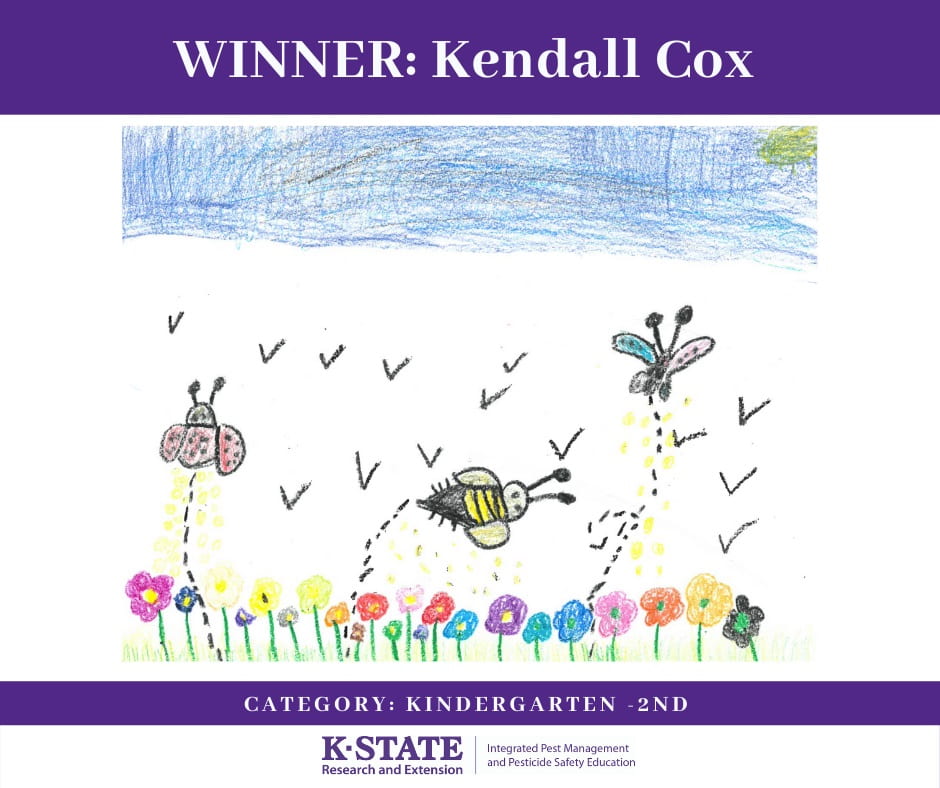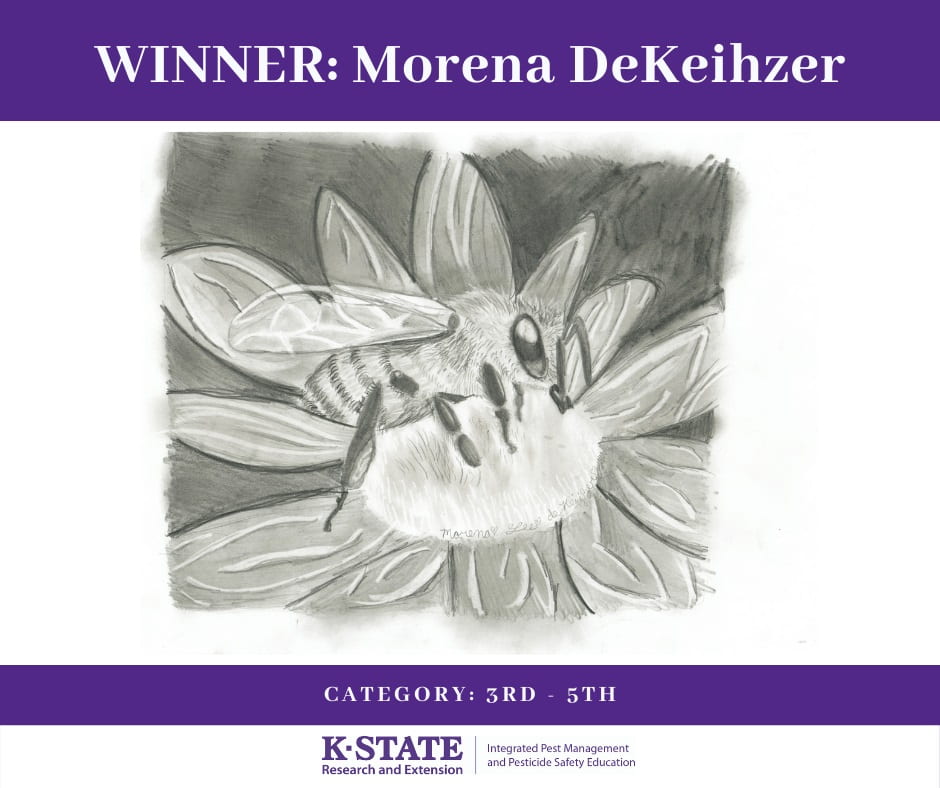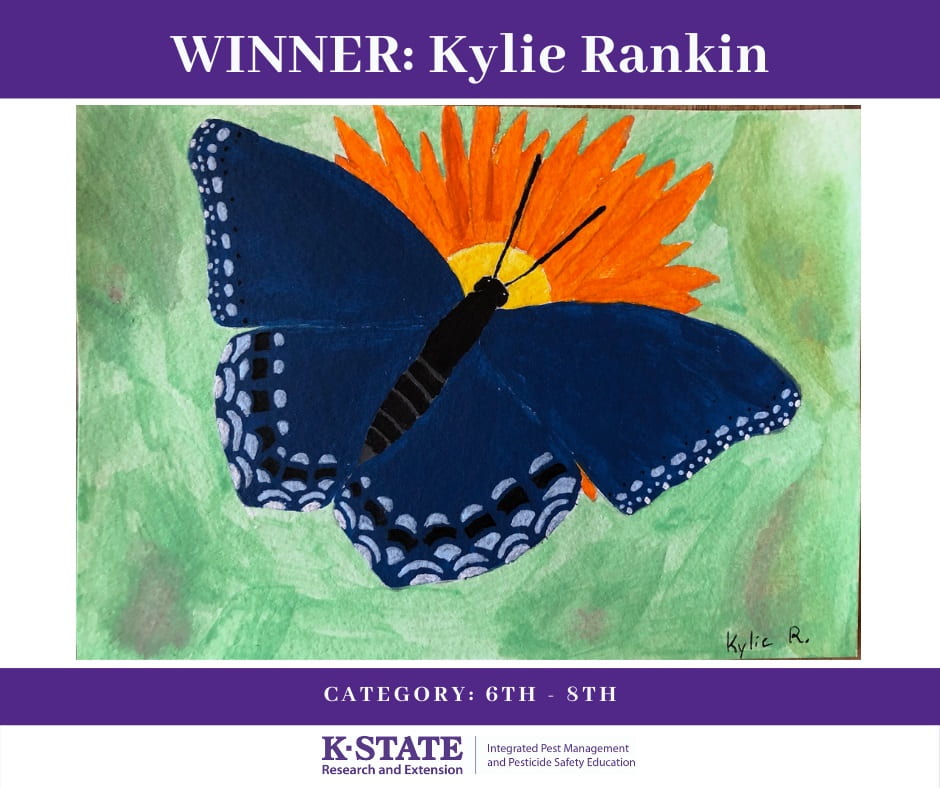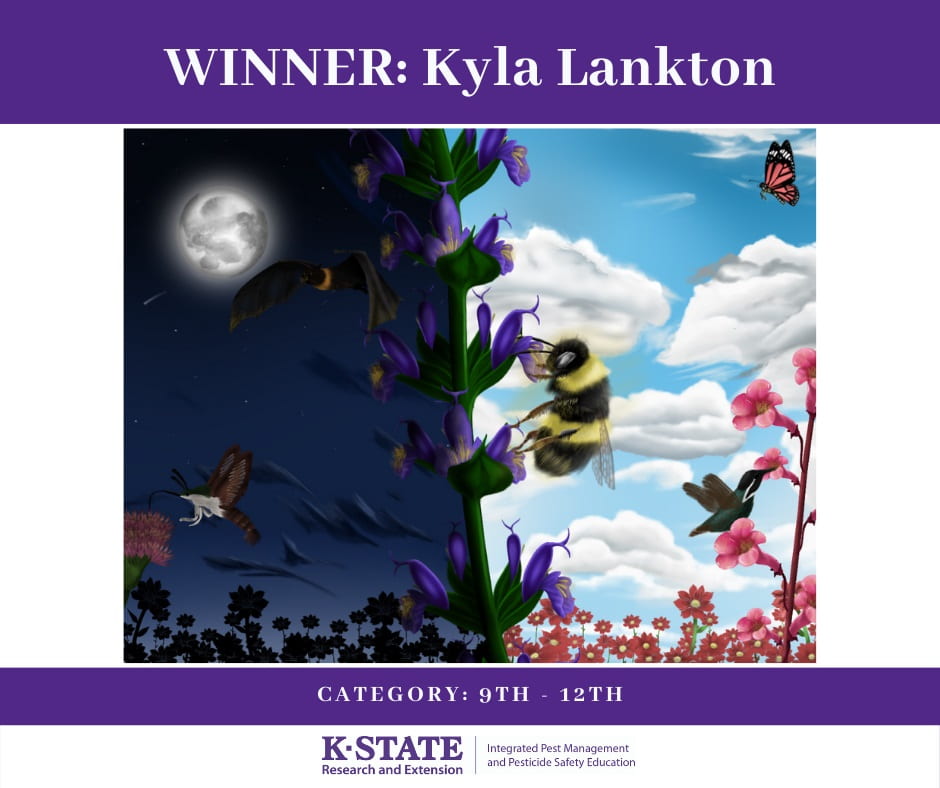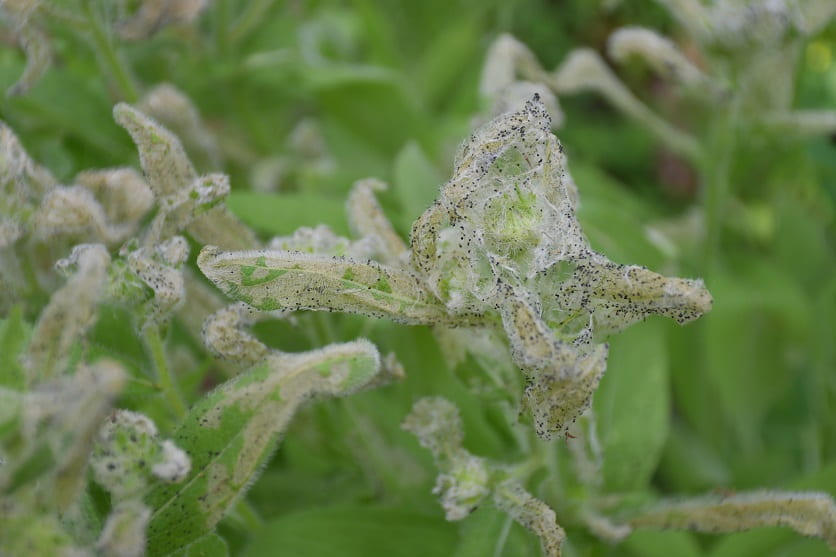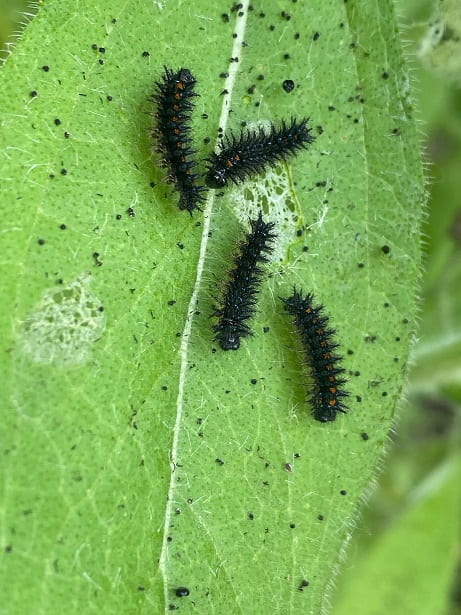–by Tania Kim — Dept. of Entomology – Insect, Landscape Ecology; Plant-Insect Interactions
You are invited to attend a panel discussion about perennial grains as border crops hosted by the Land Institute.
Date Time: Sep 22, 2021 10:00 AM Central Time (US and Canada)
Topic: Perennial Grain Species as Border Crops: Pollinator Habitat, Weed Suppression, and Forage Potential
Location: Zoom (registration required, information below).
Description: Border crops have the potential to deliver agronomically important ecosystem services to crop fields. Perennial plantings could be advantageous in providing low-maintenance ground cover for field borders, flowers for pollinators, and even forage for livestock. In this webinar we will discuss the border crop potential of four perennial species at The Land Institute being domesticated as perennial grain crops – sainfoin, silflower, cup plant, and Kernza® – compared to two known border and forage crops, alfalfa and a 9-species prairie mixture. Dr. Ebony Murrell at The Land Institute and Jessica Butters at Kansas State University will discuss data collected during a 3-year research study, give a brief virtual tour of the research plots, and answer questions regarding perennial border crops and the services they provide.
To register, please use this link
https://landinstitute.org/news-events/event-calendar/perennial-grain-species-as-border-crops-webinar/

